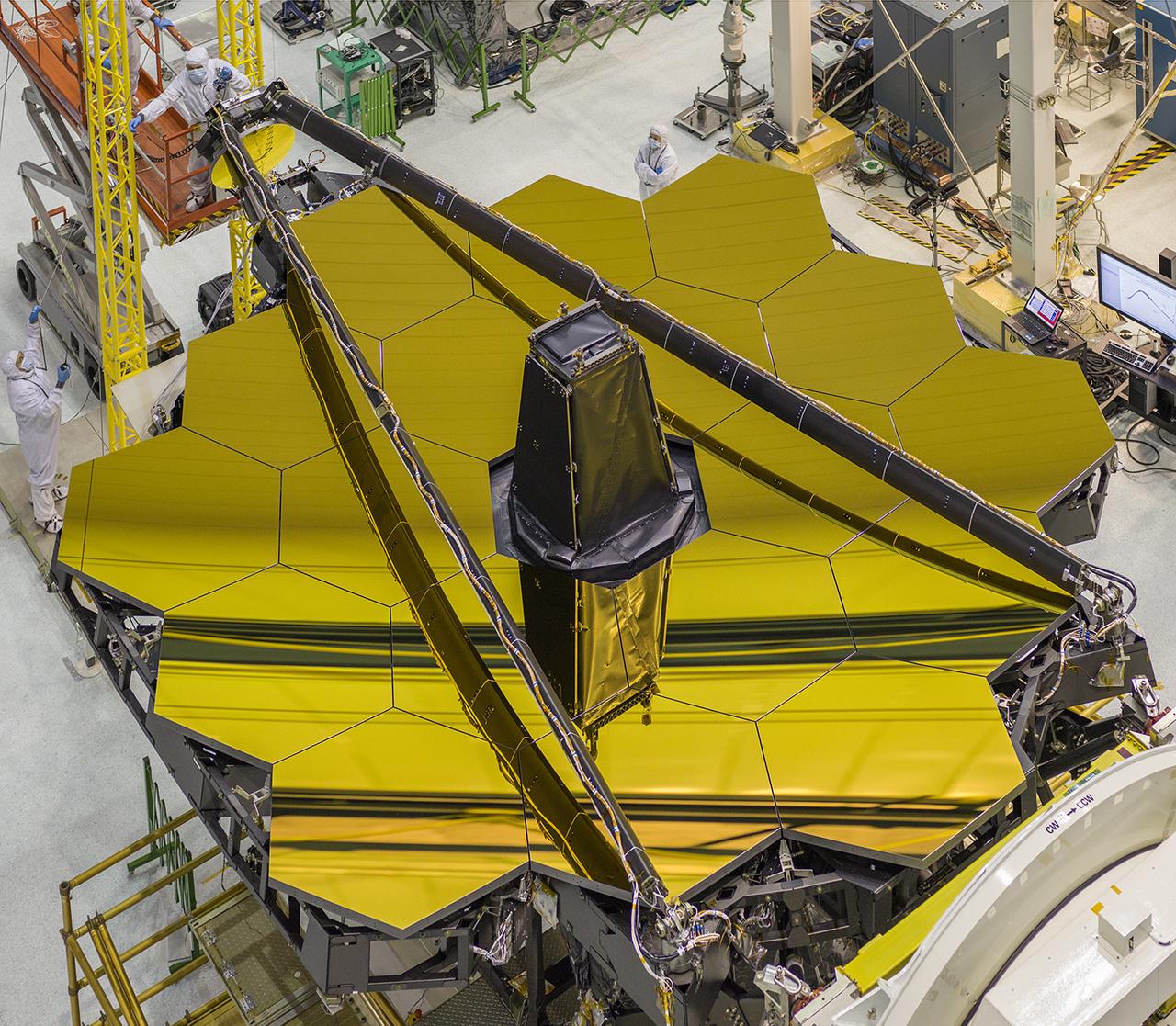Nasa James Webb Space Telescope: Why astronomers are so excited, and everything else about new images
For scientists who have been waiting 20 + years for the Webb telescope, Monday and Tuesday images are just the beginning.

After more than 20 years of waiting, the first images from the James Webb Space Telescope are just hours away, with US President Joe Biden to reveal the first of the images at 5:30pm EDT on Monday, and more to follow by 10.30am EDT Tuesday
For the scientists who have been waiting for the revolutionary space telescope — in some cases for most of their careers — these first images are just the beginning of decades of scientific research yet to come. Webb’s powerful optics and sensitive instruments will allow for investigations into the very earliest days of the universe as well as the formation of the first stars and galaxies, the characterization of exoplanet atmospheres, and power deeper dives into the nature of the outer planets of our own Solar System.
Development of what would become the Webb telescope began in 1996. After a long journey through time, about $10 billion, and a million miles through space to its operational orbit later, what was once on the drawing board is now a living instrument,
“It is thrilling to be on the cusp of a new view of the Universe,” said Heidi Hammel, interdisciplinary scientist on the James Webb Space Telescope project since 2002, in an interview with The Independent. “I am so lucky to have been a part of making this marvelous new machine a reality!”
Beyond seeing the fulfillment of the more than 20 years-long project, scientists like Dr Hammel are excited for Webb because those 20+ years pale in comparison with the stretches of time Webb will bridge for researchers.
The aging Hubble Space Telescope, with its seven-foot diameter primary mirror, can peer back into the early universe to photograph “toddler” galaxies forming 480 million years after the Big Bang.
Notably, Webb sports a 21-foot diameter mirror, and is more sensitive to the infrared spectrum than Hubble. This is important because the light from very distant objects is stretched out by the expansion of spacing, shifting it deeper into the infrared portion of the spectrum. Along with using a technique called gravitational lensing, where Webb will use the gravity of foreground galaxy clusters to magnify the light of more distant background objects, the telescope should allow scientists to see “baby” galaxies forming just 200 million years after the Big Bang.
“Nature, on its own, crafted a cosmic magnifying glass, where a cluster of massive galaxies bends the very nature of space-time into a lens,” Dr Hammel said. “We humans created the telescope, JWST, that will peer through that massive lens to see some of the first galaxies that formed in our universe.”
It’s expected that the image revealed by President Biden this week will be a deep view of the universe, and the deepest on record so far. Although, future Webb scientific observations will peer even deeper still.
“Pay particular attention to the images of that will be revealed Monday night,” University of Chicago astronomer Michael Gladders wrote to The Independent in an email. “The target is a massive galaxy cluster (prosaically named SMACS 0723) that acts as a strong gravitational lens. I suspect we will see some of, if not the, most distant galaxy ever seen by humanity, somewhere in those images.”
But Webb isn’t just an instrument for studying the earliest days of the Cosmos. It will also help scientists search for signs of habitability, and perhaps even life, on the more than 5,000 exoplanets discovered so far.
Webb carries an infrared spectrograph, an instrument that splits light into its component frequencies. By obtaining the spectrum of a distant star’s light as it passes through an exoplanet atmosphere, scientists will be able to characterize the chemicals in that atmosphere.
“It is in spectra, more than anywhere else, that we understand the physics of astronomical objects,” Dr Gladders said. “[The Hubble Space Telescope] is primarily an imaging telescope with only modest capabilities for spectroscopy. JWST will also take pictures, many of which will be spectacular and instructive, but JWST's primary impact will likely be from its broad range of spectroscopic capabilities.”
As Nasa’s associate administrator for the space agency’s Science Mission Directorate Thomas Zurbuchen said at a press conference leading up to the release of the Webb images last month, it’s known that life on Earth altered our planet’s atmosphere. Webb may be able to detect similar changes in exoplanet atmospheres if alien life is at work.
And having such a powerful infrared telescope and spectrograph isn’t only useful for studying things that are unbelievably far away. It will also help scientists study the merely very, far away, such as the outer planets of our Solar System.
Dr Hammel, for instance, plans to use her time with Webb to study the atmospheric layers of Uranus and Neptune, while other researchers will study the surface of Mars or the spectrum of asteroids.
In other words, the first Webb images are only the first taste of a lot of science to come.
“This is only the beginning,” Dr Hammel said. “JWST will study objects from our nearest neighbors in the Solar System all the way to the edge of the Cosmos.”
Subscribe to Independent Premium to bookmark this article
Want to bookmark your favourite articles and stories to read or reference later? Start your Independent Premium subscription today.

Join our commenting forum
Join thought-provoking conversations, follow other Independent readers and see their replies